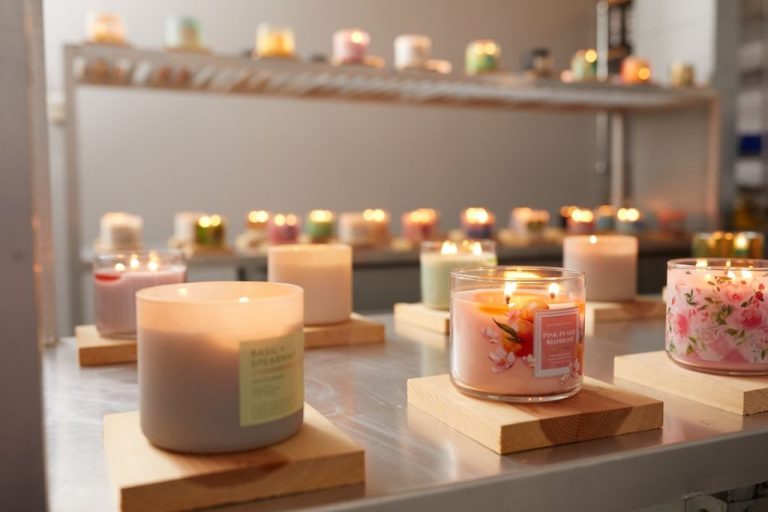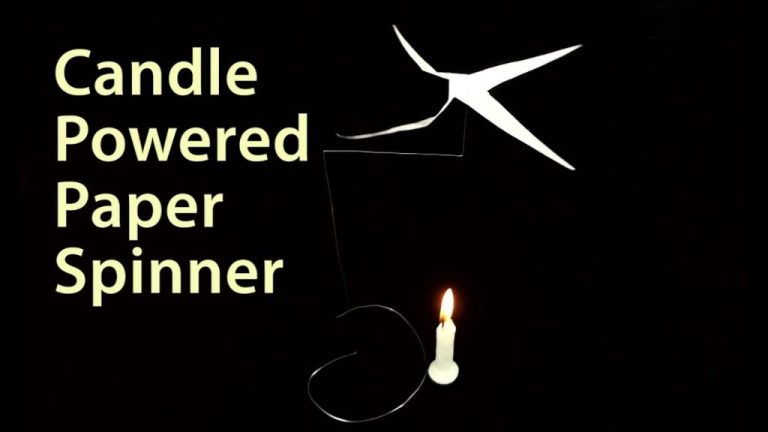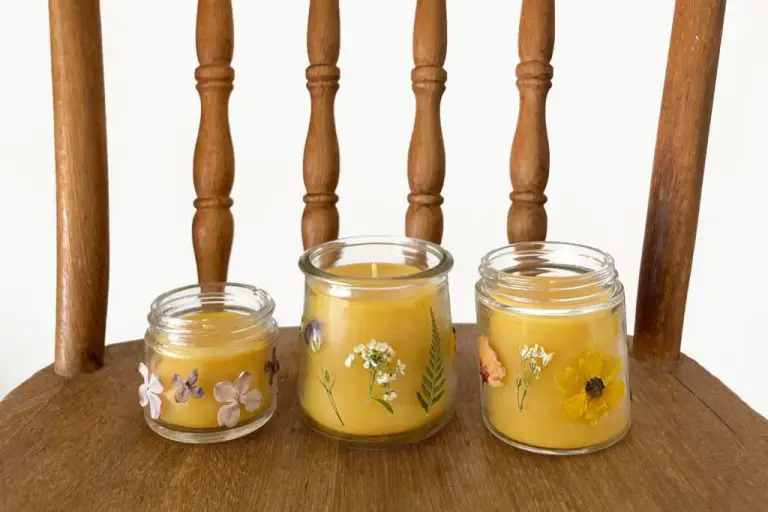How Long Do Candles Last?
Candles are a popular household item used to create ambiance and fragrance. Knowing how long a candle will last before needing to be replaced is useful information for consumers to get the most value out of their candle purchases.
This article will provide a comprehensive overview of the various factors that impact how long different types of candles will burn. Understanding what determines burn times can help guide candle selection and usage.
What Impacts Candle Burn Times
Several factors affect how long a candle will burn, including the wick type and size, the shape and size of the candle, fragrance, and ingredients.
The wick is one of the most important factors. Larger wicks designed for bigger candles will burn faster than smaller wicks meant for votives or containers. Cotton and paper fiber wicks tend to burn slower than wood or zinc core wicks. The width of the wick also matters – wider wicks burn quicker.1
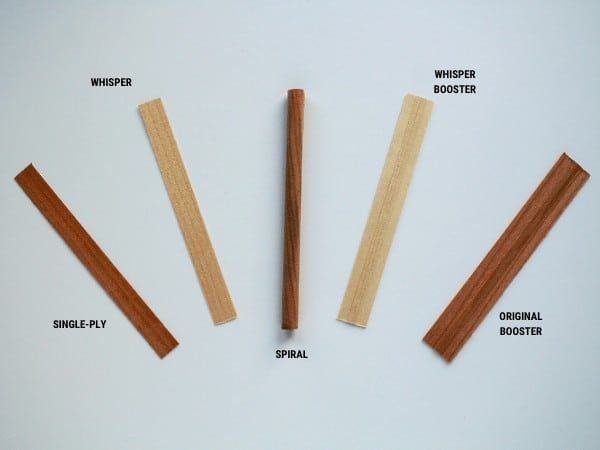
Candle shape and size greatly impact burn time. Pillars, tapers, and votives have more surface area exposed to air so the wax melts and burns faster. Large jar and container candles burn slower since less surface area is exposed. The more wax a candle contains, the longer it will burn.
Heavily fragranced candles tend to burn faster than unscented or lightly scented versions. The oils and ingredients that produce fragrance can make the wax melt quicker.2 The ingredients and wax type also influence burn time. Natural soy and vegetable waxes often burn slower than paraffin.
Burn Rates by Candle Type
Different candle types have varying burn times based on their size, shape and wax composition. Here are some typical burn times for common candle types:
Tapers
Tall, narrow tapers tend to burn fairly quickly at around 3-4 hours per inch of candle. A 12″ taper may burn for 36-48 hours. Their elongated shape causes them to melt down at a faster rate.
Votives
Small votives in containers generally last 6-8 hours. Their shallow wax pool contributes to a slower burn time. Votive candles are meant to burn in short intervals rather than all day.
Pillars
Pillar candles have a consistent diameter and burn slowly at around 1 hour per inch. A 3″ x 3″ pillar may burn around 75 hours. Their upright shape allows for a larger melted wax pool as the candle burns down.
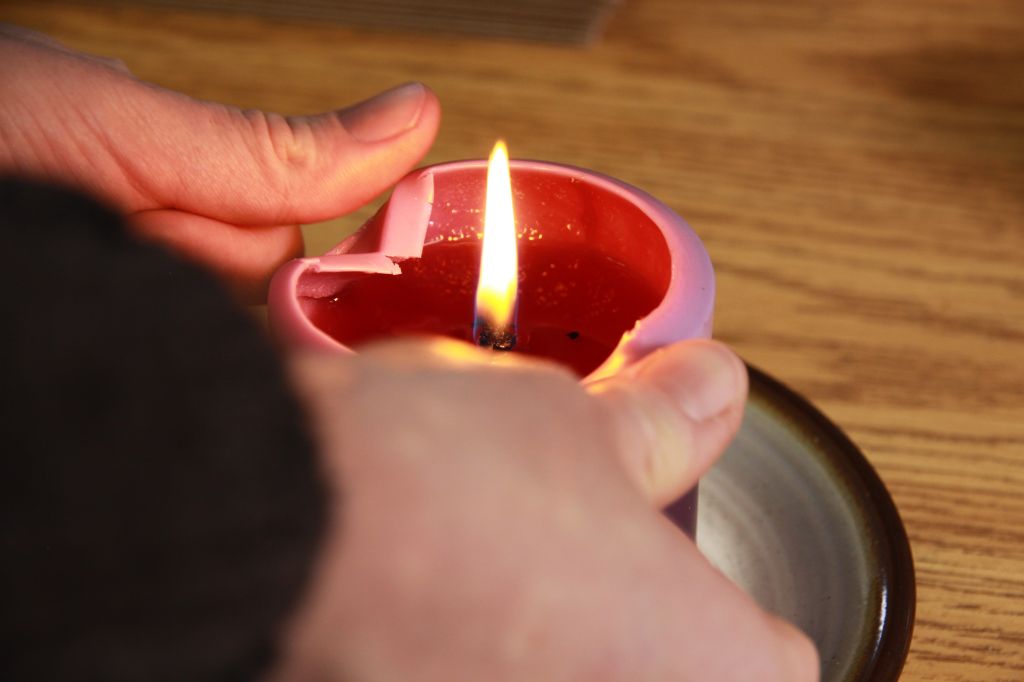
Containers
The container size influences how quickly the candle will burn. Smaller candles in tins and jars burn for shorter times, while larger containers extend burn times. 4oz candles may last 20-25 hours, while 22oz versions could burn 80-100 hours.
Tealights
Tealights are very short and small, so they tend to burn out within 4-6 hours. Their tiny wax pool contributes to a quick burn time, as does their high surface area compared to volume.
Wick Types and Burn Times
The wick is the heart of any candle, affecting how the wax melts and the candle burns. Different wick materials and sizes impact candle burn times. Some key wick types include:
Cotton Wicks: Most common wick material. Cotton burns slowly and evenly, creating a consistent flame. Average burn time of 6-8 hours in a 4oz candle. See this source for more details.
Wooden Wicks: Made of wood fibers coated with cotton. Create a crackling sound and flickering flame effect. Usually have shorter burn times around 4-6 hours in a 4oz candle. The wood can carbonize and require trimming.
Paper Wicks: Made of braided paper or flat sheets wrapped cotton. Tend to have a smaller flame and shorter burn time. Prone to creating soot.
Zinc Core Wicks: Cotton wick wrapped around a zinc core. Zinc helps the wick stay rigid and upright. Provides excellent capillary action for wax to travel up the wick. Increases burn time to 10-15 hours in a 4oz candle.
Lead Core Wicks: Cotton wick with a lead core. Lead conducts heat well for an even burn. However, lead is toxic and these wicks are being phased out.
Candle Sizes and Burn Times
The size of a candle affects how long it will burn. Larger candles generally take longer to burn than smaller candles. This is because a larger candle has more wax and a larger wick, so it provides more fuel for the flame.
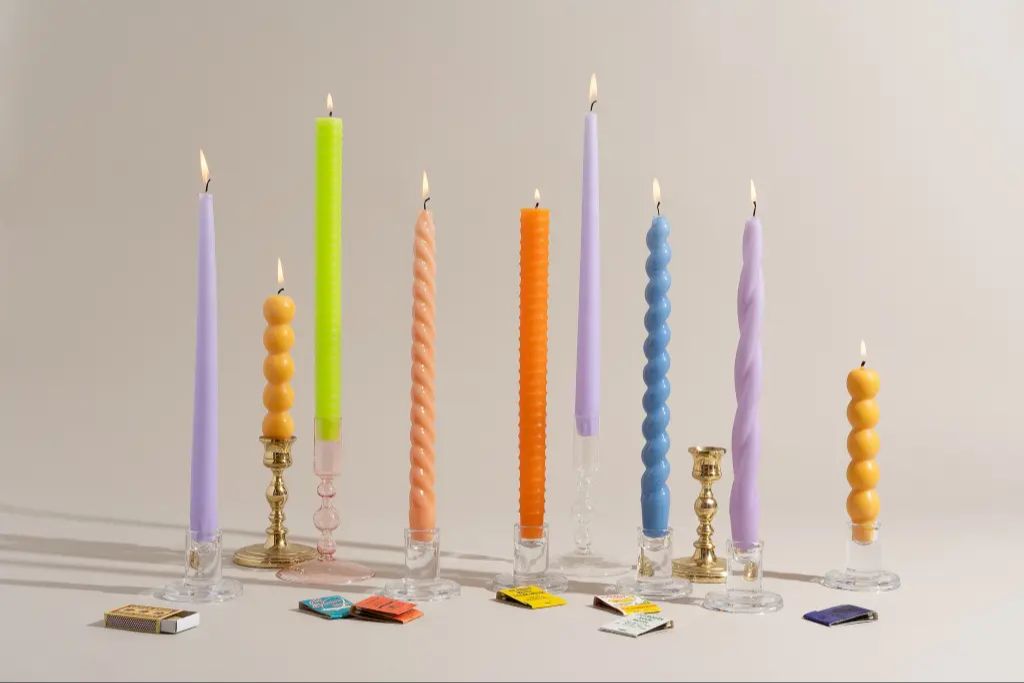
A tall, skinny candle in a small diameter container will burn faster than a short, wide candle in a large diameter container, even if they contain the same total amount of wax. This is because the flame on a skinny candle is closer to the wax pool and melts more wax at a faster rate.
For example, a standard 4 oz. votive candle that is 2.25″ diameter x 2″ tall will burn for around 6-8 hours. But a 6″ tall x 3″ diameter pillar candle containing 12 oz. of wax will burn for around 30-40 hours. So even though the pillar contains 3 times more wax, it burns around 5 times longer because of the larger size.
In short, larger and wider candles burn slower than smaller, skinner candles. Tall, narrow containers increase burn rates while short, wide containers reduce burn rates. So consider the dimensions when estimating burn times.
Candle Shapes and Burn Times
The shape of a candle can significantly impact how evenly and efficiently it burns, which affects burn times. Candles that have a larger surface area exposed to air will burn faster than those with less exposed surface area. Tall, thin candles like tapers and pillars burn slower than shorter, wider candles because less wax is exposed.
Container candles that fill their holders tend to burn slower and more evenly than freestanding pillars or tapers. The container helps insulate the candle, slowing down melting, and the large flat surface area exposes wax evenly. Votives and jars in particular are designed for long, even burns.
Irregular candle shapes like egg-shaped or geometric candles can burn unevenly because wax on some surfaces melts faster. This can lead to tunneling or side wall issues. Freestanding novelty shapes often need to be monitored for even burning.
In summary, for slower and more even burn times, choose candles with less exposed surface area and more insulation from holders. Wide container candles burn slower than tall thin pillars or tapers. Be wary of irregular shapes that can cause uneven melting.
(Source: https://www.sheffieldforum.co.uk/topic/380506-cheap-and-very-easy-greenhouse-heating/)
Fragrance and Burn Times
The type and amount of fragrance oil used in a candle can significantly impact its burn time. Heavily scented candles tend to burn faster, as the fragrance oil acts as additional fuel for the flame.
Most candlemakers recommend using 5-10% fragrance oil by weight in soy wax candles. Using more than 10% fragrance oil will likely make the candle burn faster and release scent more quickly. It can also lead to issues like wet spots, tunneling, and smoking.
Candle fragrances based on natural essential oils tend to burn slower than synthetic fragrance oils. The natural ingredients in essential oils evaporate at a lower rate compared to synthetic fragrances.
In general, lighter fragrances will allow a candle to burn longer compared to heavy scents like vanilla, musk, and patchouli. Florals and citruses tend to be lighter and allow for a longer burn time.
Testing different fragrance load rates and keeping notes is key to finding the optimal balance between scent throw and burn time for each particular fragrance oil and wax combination. Most candlemakers recommend starting low with fragrance load and slowly increasing until the desired hot and cold scent throw is reached.
Ingredients and Burn Times
The ingredients used to make a candle can significantly impact its burn time. The three most common candle waxes are paraffin, soy wax, and beeswax. Each has its own unique properties that affect burn rates.
Paraffin wax is a petroleum byproduct that is the most widely used candle wax. It is inexpensive and makes glossy, opaque candles. However, paraffin burns quickly, with an average burn time of 6-8 hours for a standard 4 oz. candle. It also produces more soot than other waxes.
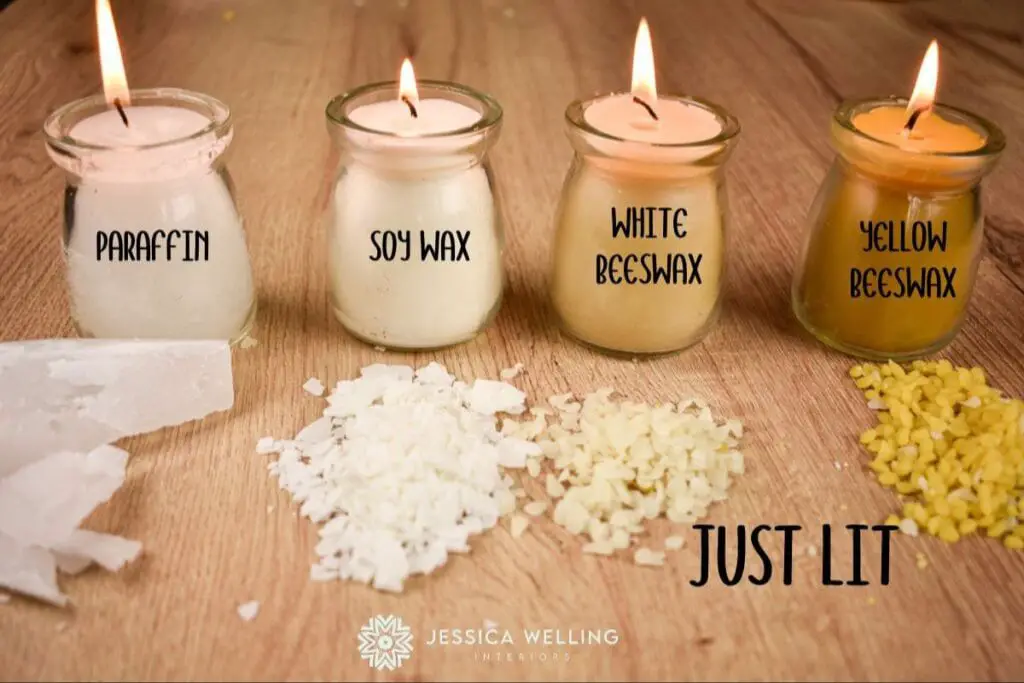
Soy wax is made from soybean oil. It burns slower and cleaner than paraffin, with an average burn time of 8-11 hours. Soy candles must be burned in containers as soy wax is too soft to stand alone in pillars or tapers. The natural softness of soy wax also causes it to burn unevenly at times.
Beeswax, made from honeycomb, is the longest burning candle wax. 100% beeswax candles have a burn time of 8-10 hours per ounce of wax. Beeswax is expensive but produces brighter flames and less drippings than other waxes. It stands up well in pillars and tapers. The slow-burning nature of beeswax gives it burn times up to 50% longer than paraffin or soy [1].
In summary, beeswax candles last the longest, followed by soy wax, then paraffin. Burn times can vary based on other factors, but the wax type is the primary determinant of how long a candle will burn.
Safety Tips
When burning candles, it’s important to follow some basic safety precautions to avoid potential fire hazards. Here are some key tips for safely enjoying candles:
Properly trim wicks to 1⁄4 inch before lighting. Long or untrimmed wicks can produce tall flames, smoke, and soot. Trimming helps encourage an even, steady flame.
Always burn candles on a heat-resistant surface. Keep them away from flammable materials like curtains, paper, furniture etc. Placing candles on a safe base helps contain melted wax and prevents surface damage.
Never leave burning candles unattended. Extinguish candles when leaving a room or before going to sleep. Unattended candles can easily be knocked over by pets, gusts of wind, or other accidents.
Keep burning candles out of reach of children and pets. Supervise kids and pets around lit candles.
Avoid moving candles once they are lit. Sudden drafts or movements can cause the flame to smoke or release melted wax.
Make sure candles are completely extinguished before disposal. Double check that the wick is no longer glowing.
Conclusion
Candle burn times can vary substantially based on a number of key factors. The type of wax, wick, shape, ingredients, and size of the candle all impact how quickly it will burn. Container candles often burn more slowly than pillar or votive candles. Larger candles also tend to burn longer than smaller candles. Soy and beeswax candles typically burn slower than paraffin candles. Cotton and wood wicks promote slower, steady burning compared to paper or zinc core wicks.
Fragrance can accelerate burn rates, so unscented candles may burn longer. Certain additives like citronella and essential oils can also increase burn speeds. Ultimately, following the proper safety precautions with candle use is most important. Never leave burning candles unattended and keep them away from flammable materials or drafts. Trim wicks to 1⁄4 inch before lighting and stop use if there is significant tunneling or sooting. Adhering to safety tips will help ensure candles burn efficiently for their expected lifespan.

